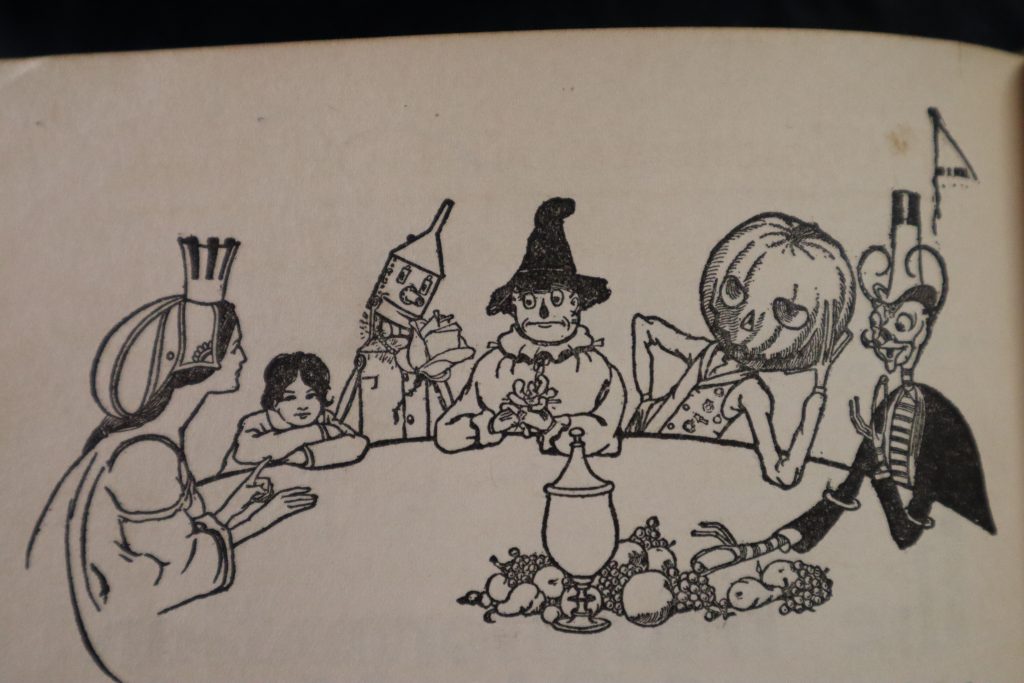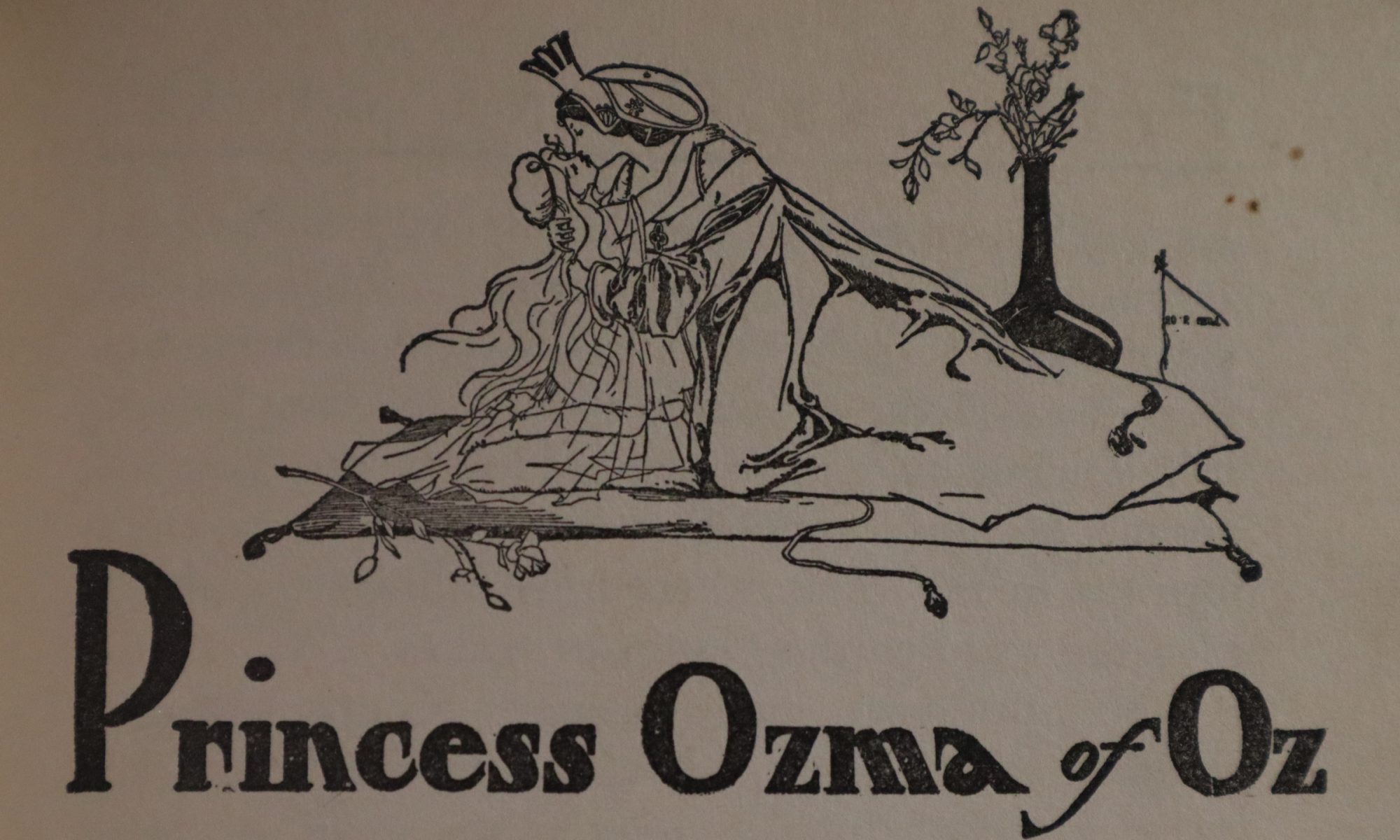Hello! My name is Finley Simons, and my pronouns are they/he. This summer, over the course of Summer A, I have the privilege of being an Undergraduate Library Fellow. With Dr. Weijer’s guidance, I am conducting a special project in the Rare Book Collection to promote and develop holdings related to the history of queer literature.

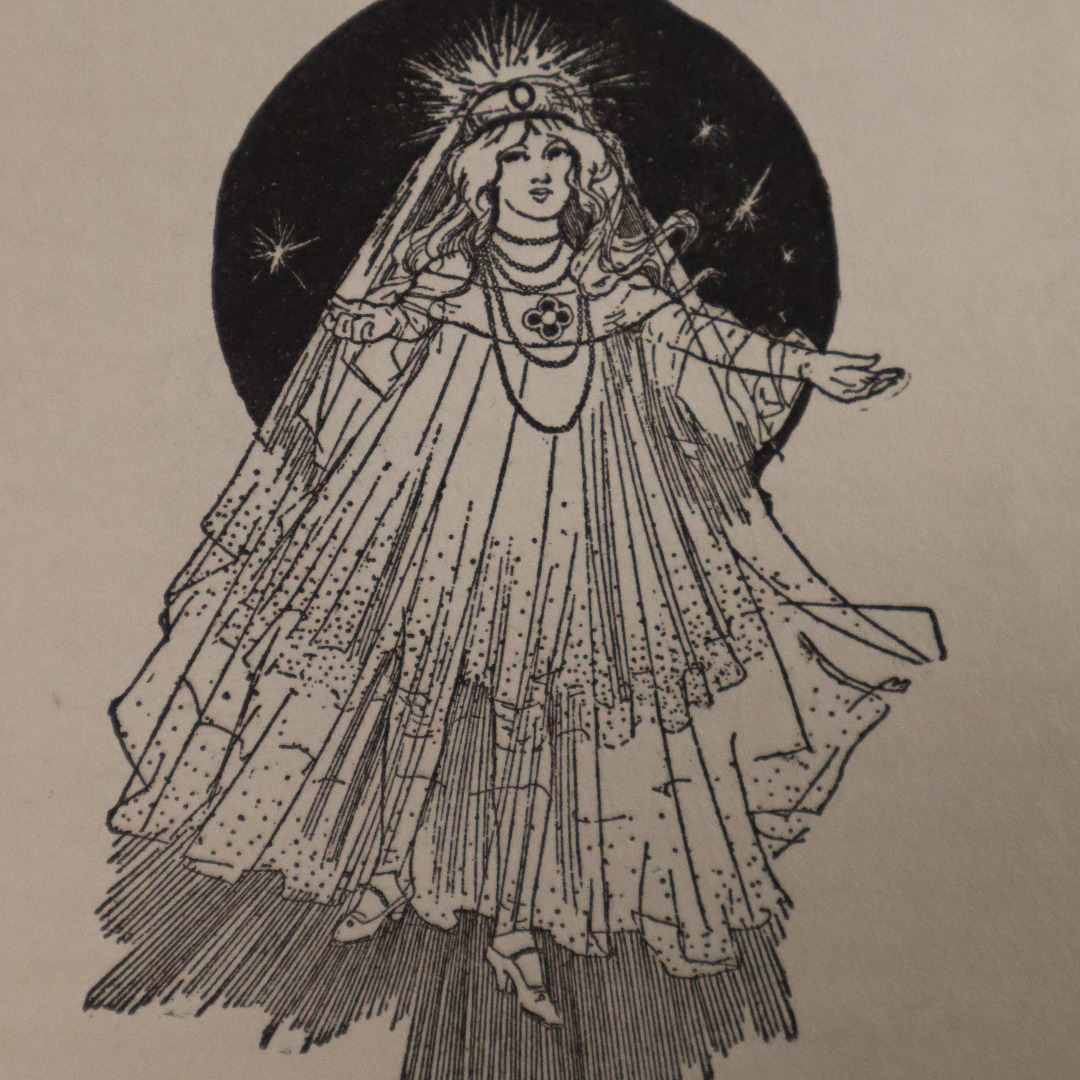
I am working to identify materials within the collections that may be relevant to researchers interested in exploring queer literary history. I started by creating a list with a wide range of texts, both from known queer writers whose work was explicitly queer and works that may not have originally intended to be queer, but within which there is room to create space for new interpretations. My goal is not to declare any individual literary work as definitively, or exclusively, queer, but rather invite researchers to join me in asking questions about the potential for queerness within a given text. For the purposes of my research, my working definition of queer refers to an individual or text’s romantic, sexual, or gendered expression, identities, or themes that appear to subvert the normative heterosexual and cisgender expectations of their time. To limit the scope of my project, I am focusing on literature with characters or themes that deal with gender transgression or transformation, gendered disguises, gender identities and presentations, or transgender and gender nonconforming histories. Specifically, those stories in which the transformed or transgressing character is female at birth and adopts a masculine identity either temporarily or long term.
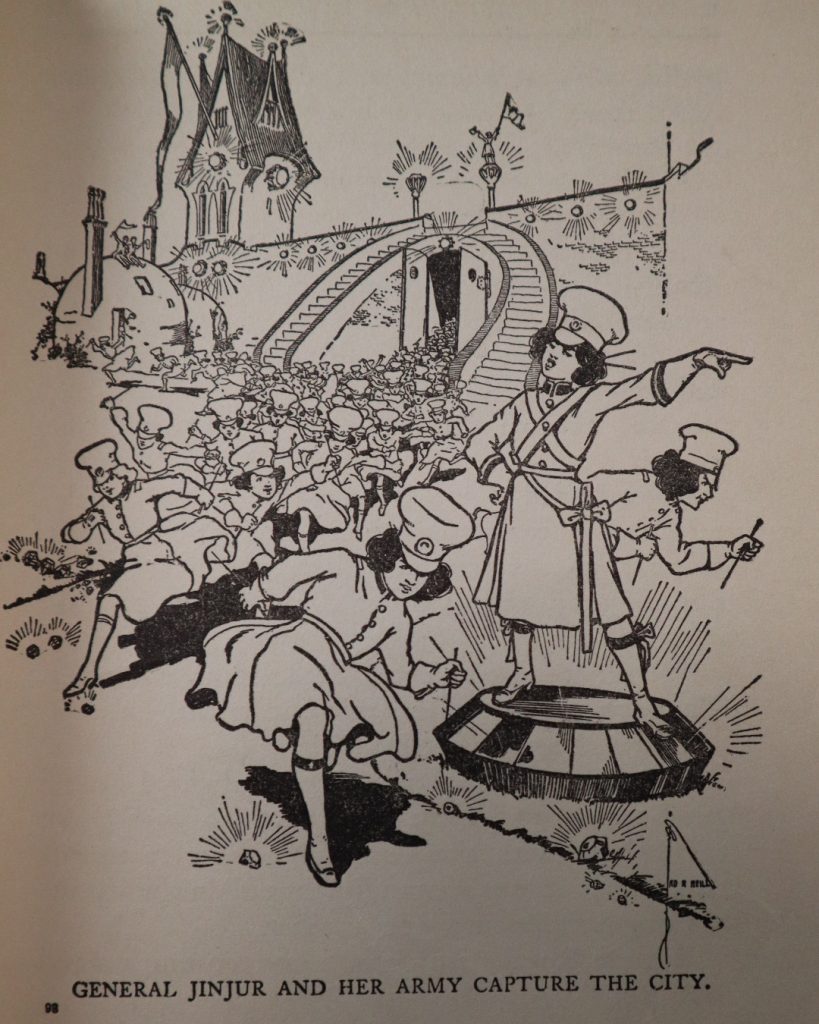
These themes are of great personal interest to me, and transgender literature is still a largely under-explored branch within the field of queer literature. While gay men and lesbians already have anthologies and lists of historical literature related to same-sex love, the work to retrace transgender history is still an ongoing project. The term transgender appeared in writing for the first time in 1965. However, just because the current term for transgender identities is new does not mean that people whose gender identity or expression challenges the gender roles and expectations of their time and place are new.
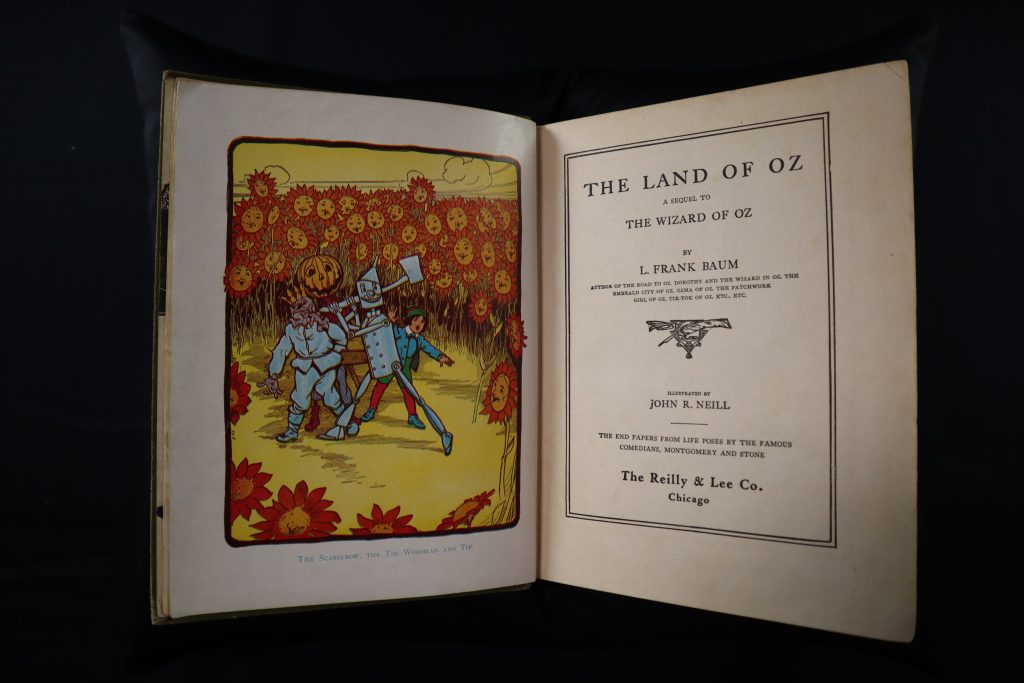
One example I have been working with is The Marvelous Land of Oz (1904) by L. Frank Baum, his sequel to the Wizard of Oz. The book whisks readers into a delightful and surprising tale in the world of Oz, whose main character, a young boy named Tip, escapes from an evil witch with the help of a jack-o-lantern he has brought to life with magic powder. Over the course of the story, Tip meets the Scarecrow and the Tin Man, and discovers that he is really a lost princess (Ozma) whom the witch transformed into a boy as an infant to protect her identity.
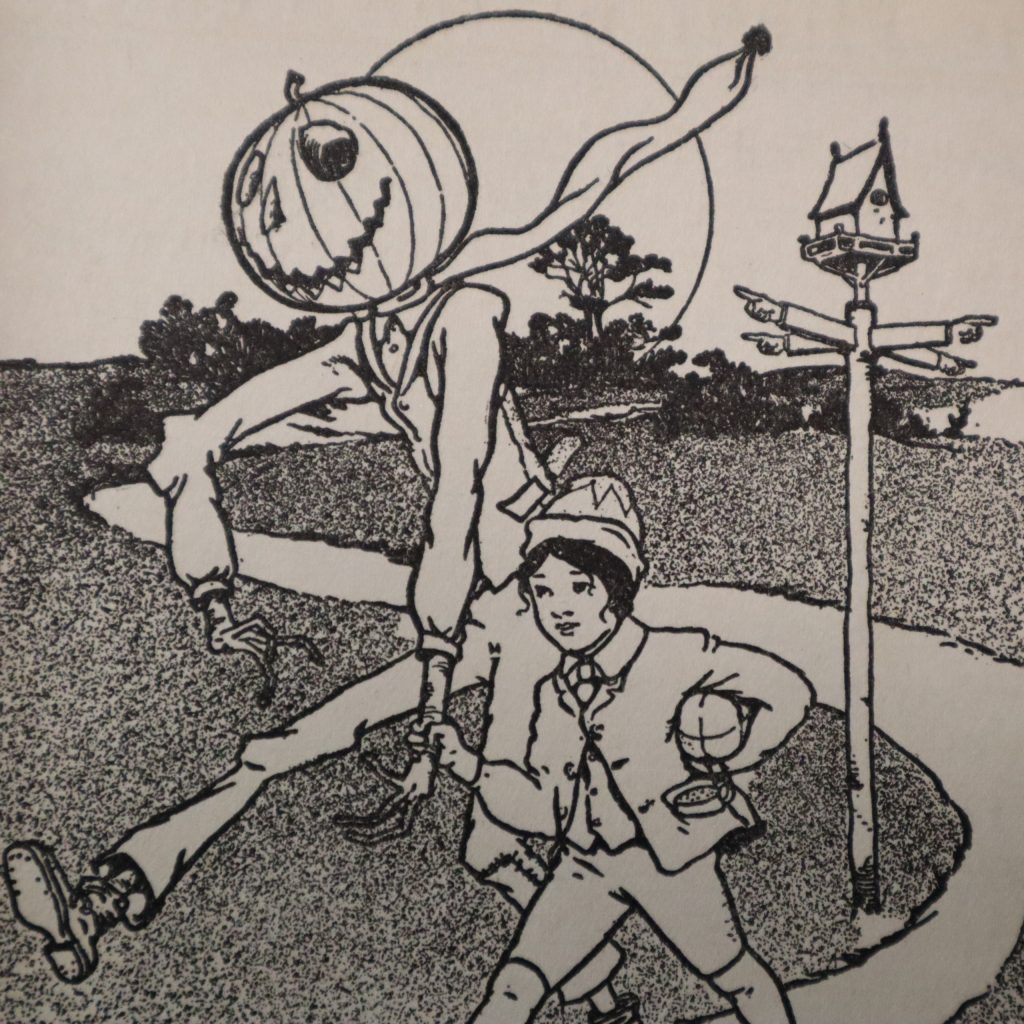
Unaware of his true nature, Tip is entirely happy as a boy, and even expresses discomfort and uncertainty at the idea of being turned back into a girl to reclaim his rightful throne. With the encouragement of his friends, who promise they’ll like him just the same as a girl or a boy, Tip becomes Ozma, who is “‘just the same Tip, you know; only—only—’ ‘Only you’re different!’” The Marvelous Land of Oz focuses on gender role reversal as a way to argue for female equality (such as when an army of girls conquering the Emerald City) and was written during the height of the woman suffrage movement. However, its focus on Tip’s reluctance and confusion also creates the possibility to talk about queerness. Viewed with a different lens, Tip’s story invites the reader to imagine the possibility of changing genders, and whether that change would be a welcome one.
